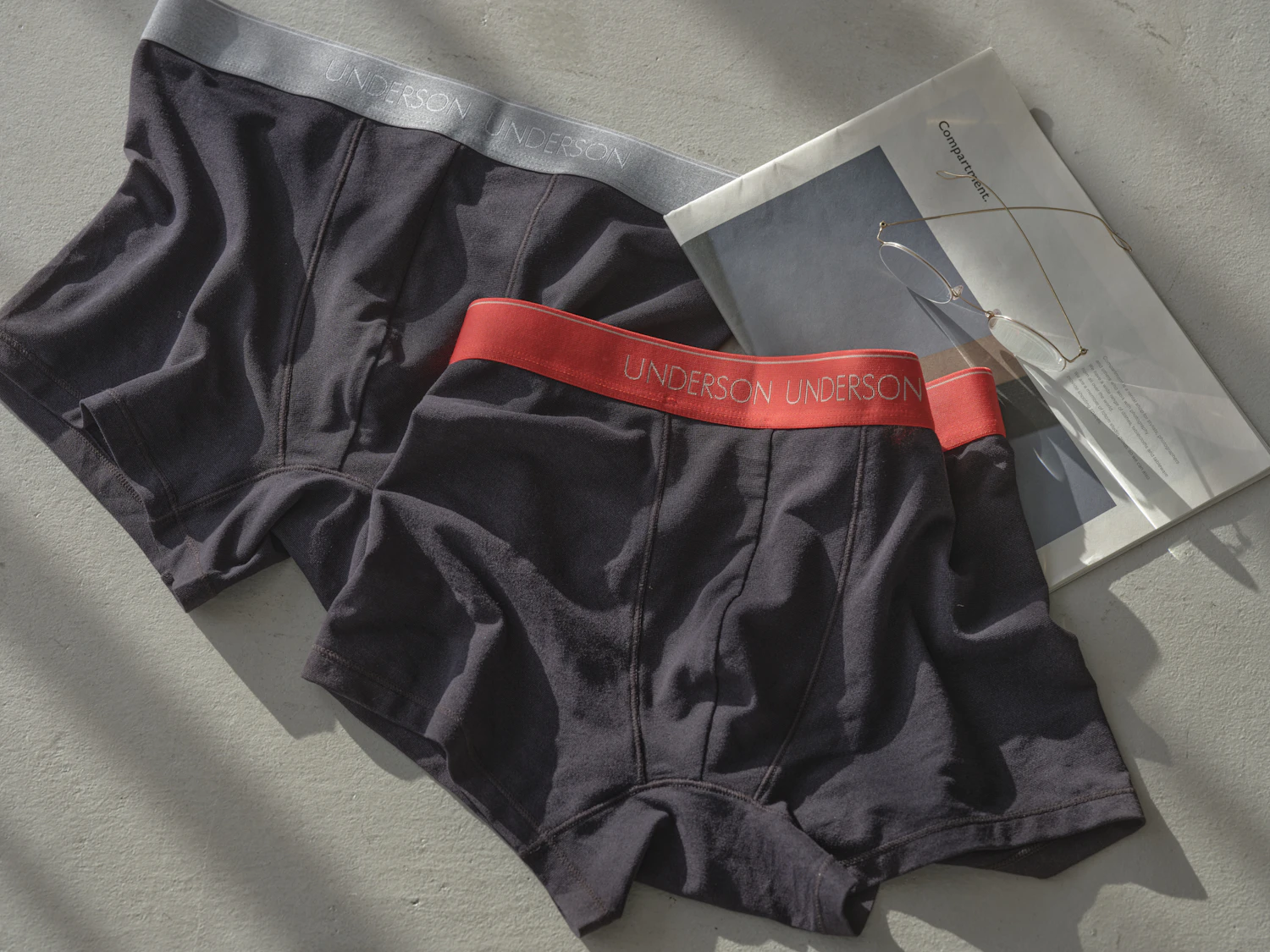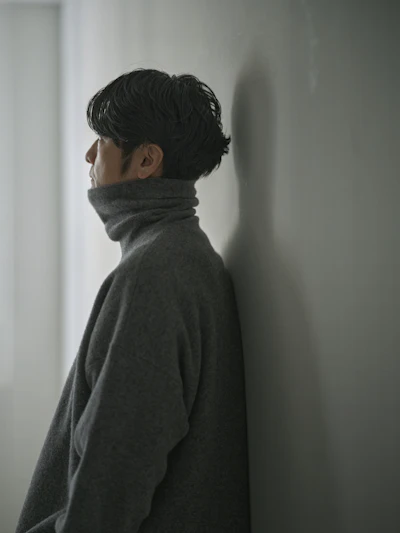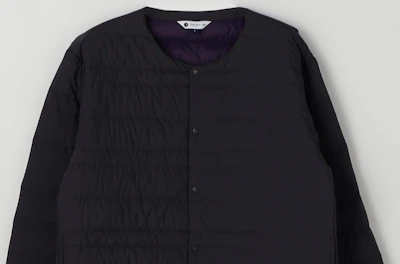12.16TUE
2024.04.12
Gentle on Both Skin & the Environment. The Potential of 'WASHIFABRIC®', a Washi-based Material Developed by UNDERSON UNDERSON.

What could be a material that is not only gentle on human skin but also considerate to environmental impact?
The brand that has pursued this question is UNDERSON UNDERSON. Their t-shirts and underwear use their own developed 'WASHIFABRIC®', which, as the name suggests, is a fabric woven together from traditional washi paper.
Why washi? Will washi become yarn, or will it melt when washed? There will be various questions. So, we interviewed Takashi Nakanishi, the director and chief designer, to talk about the brand's style of embodying Japanese traditional techniques and culture in textiles.
PROFILE

Takashi Nakanishi
UNDERSON UNDERSON Director / Chief Designer
In 1996, he established a private brand and served as producer and designer for 16 years. After working as a director of a collection brand as a freelancer from 2012, he started 'UNDERSON UNDERSON' in 2019.
Encounter with Traditional Japanese Materials
Could you tell us about the establishment of the UNDERSON UNDERSON brand?
Our brand's signature product, 'WASHIFABRIC®', got its start back in 2017. At the time, there was a sports lab in-house, and there was a suggestion to use washi paper as an upper material for shoes.From there, we embarked on the project, but struggled to make it take form and started considering other applications. When we researched the properties of washi paper, we realized that it would be perfect for underwear. This led to the start of the development, and the brand was officially established in 2019.
RELATED ARTICLES
CONCEPT VIDEO
"fashion tech news" Unveils New Logo & Concept Video
CONTACT
If you have any questions or enquiries, please enter your details in the form below.










.jpg?w=400&fm=webp)






.png?w=400&fm=webp)


